
As leaders, one of our most important tasks is to help our employees, our colleagues, our friends and our families learn to become better people. In particular, leaders help us understand how to marshal our willpower—how to focus and pursue those tasks and goals we know are most important, but often the hardest to chase.
Studies have shown that willpower is the single greatest predictor of success among business people.
When I began reporting my first book, The Power of Habit, the question of willpower was near the forefront of my mind. In particular, I wanted to understand why some people learn to focus their willpower so much better than their peers, and what, as leaders, we can do to help everyone understand how willpower functions within our minds and our lives. Studies have shown that willpower is the single greatest predictor of success among businesspeople. More than intelligence, access to wealth or advanced educational degrees, willpower seems to determine whether people thrive or fail.
So, as I spoke to neurologists, psychologists and other researchers, I consistently asked how we can help people strengthen their willpower muscles. I was surprised to learn that most people misunderstand willpower—they see it as a test of someone’s character, or exertion—when, in fact, willpower is a habit. And so, we best lead our colleagues when we teach them how habits function.
The Scottish Study
To understand how willpower becomes a habit, consider a study conducted in 1992 by a psychologist working inside two of Scotland’s busiest orthopedic hospitals.
The experiment was designed to scrutinize how to boost the willpower of people exceptionally resistant to change. The patients, on average, were sixty-eight years old. Most of them earned less than $10,000 a year and didn’t have more than a high school degree. All of them had recently undergone hip or knee replacement surgeries.
Recovering from such surgery is incredibly arduous. The operation involves severing joint muscles and sawing through bones. While recovering, the smallest movements—shifting in bed or flexing a joint—can be excruciatingly painful.
Willpower is a habit.
However, it is essential that patients begin exercising almost as soon as they wake from surgery. They must begin moving their legs and hips before the muscles and skin have healed, or scar tissue will clog the joint, destroying its flexibility. But the agony is so extreme that it’s not unusual for people to skip out on rehab sessions.
The Scottish study’s participants were the types of people most likely to fail at rehabilitation. The scientist conducting the experiment wanted to see if it was possible to help them harness their willpower.
Rule One: Write Down A Plan
The scientist began by giving each patient a booklet after their surgeries that detailed their rehab schedule, and in the back were thirteen additional pages—one for each week—with blank spaces and instructions:
“My goals for this week are __________ ? Write down exactly what you are going to do. For example, if you are going to go for a walk this week, write down where and when you are going to walk.”
The researcher asked all of the patients to fill in each of those pages with specific plans. Then, she compared the recoveries of those who wrote out goals with those of another set of patients who had received the same booklets, but without the blank pages.
The patients who had written plans in their booklets had started walking almost twice as fast as the ones who had not.
It seems absurd to think that giving people a few pieces of empty paper might make a difference in how quickly they recover from surgery. But when the researcher visited the patients three months later, she found a striking difference between the two groups. The patients who had written plans in their booklets had started walking almost twice as fast as the ones who had not. They had started getting in and out of their chairs, unassisted, almost three times as fast. They were putting on their shoes, doing the laundry, and making themselves meals quicker than the patients who hadn’t scribbled out goals ahead of time.
The psychologist wanted to understand why this group had managed to focus their willpower so much more easily.
Rule Two: Look for Inflection Points
She examined the quick recovering-patients’ booklets and discovered that most of the blank pages had been filled in with specific, detailed plans about the most mundane aspects of recovery.
One patient, for example, had written, “I will walk to the bus stop tomorrow to meet my wife from work,” and then noted what time he would leave, the route he would walk, what he would wear, which coat he would bring if it was raining, and what pills he would take if the pain became too much.
Another patient, in a similar study, wrote a series of very specific schedules regarding the exercises he would do each time he went to the bathroom. A third wrote a minute-by-minute itinerary for walking around the block. As the psychologist scrutinized the booklets, she saw that many of the plans had something in common: They focused on how patients would handle a specific moment of anticipated pain.
The man who exercised on the way to the bathroom, for instance, knew that each time he stood up from the couch, the ache was excruciating. So, he wrote out a plan for dealing with it: Automatically take the first step, right away, so he wouldn’t be tempted to sit down again. The patient who met his wife at the bus stop dreaded the afternoons, because that stroll was the longest and most painful each day. So, he detailed every obstacle he might confront, and came up with a solution ahead of time.
Put another way, the patients’ plans were built around inflection points when they knew their pain—and thus the temptation to quit—would be strongest. The patients were telling themselves how they were going to make it over the hump.
Rule Three: Give Yourself a Reward
Each patient also did something else: They defined the reward they would receive when they made it over that hump. The man who met his wife at the bus stop, for instance, identified an easy reward—he got to see his wife. For the man aching on the way to the bathroom, the reward was a little more calculated: he put a bowl of M&Ms next to the bathroom door and allowed himself to eat one on the way in and the way out.
Rewards are essential in creating habits because they are at the core of how our neurology functions. Our brains are wired to transform patterns with clear rewards into automatic reactions. But many people don’t reward themselves when they achieve a small goal. Rather, they just push onto the next task. But without that reward, the behavior—such as exerting willpower—will never become a habit.
Rewards are essential in creating habits because they are at the core of how our neurology functions.
For the patients in the Scottish study, these three principles had amazing impacts. They made the hard work of rehabilitation into something automatic. They made willpower into a habit. There’s no reason why other patients—the ones who didn’t write out recovery plans—couldn’t have behaved the same way. Everyone had been exposed to the same admonitions and warnings at the hospital. They all knew exercise was essential for their recovery. They all spent weeks in rehab. But the patients who didn’t write out any plans were at a significant disadvantage because they never thought ahead about how to deal with painful inflection points. They never deliberately designed willpower habits. They never consciously gave themselves rewards for making it through the pain.
What This Means for Leaders
What does this mean for us, as leaders? It means we have an obligation not just to help people identify the right goals, but to aid them in understanding the means to overcome the obstacles they are likely to confront along the way. We know that big tasks are easier to accomplish when we break them into smaller pieces. But, as leaders, we have a greater responsibility than simply helping someone break down a task: We must also teach them to anticipate the setbacks, to plan ahead how they will react, and help them understand that willpower can become a habit—if you know how to make it so.
—
Hear more from Charles Duhigg at our upcoming GLSnext Event Series taking place online May 20th at 10:30 am CDT. Registration is FREE, so join us for a time of rich learning!
ARVE Error: Mode: lazyload not available (ARVE Pro not active?), switching to normal mode







 As both a pastor and author who has been in ministry for more than 20 years, she inspires people to live with passion. Her leadership at The Father’s House Orange County has allowed her church to reach people all over the world. As the founder and president of the nonprofit, In the Name of Love, she is committed to serving the incarcerated and equipping them to discover freedom despite their surroundings.
As both a pastor and author who has been in ministry for more than 20 years, she inspires people to live with passion. Her leadership at The Father’s House Orange County has allowed her church to reach people all over the world. As the founder and president of the nonprofit, In the Name of Love, she is committed to serving the incarcerated and equipping them to discover freedom despite their surroundings.



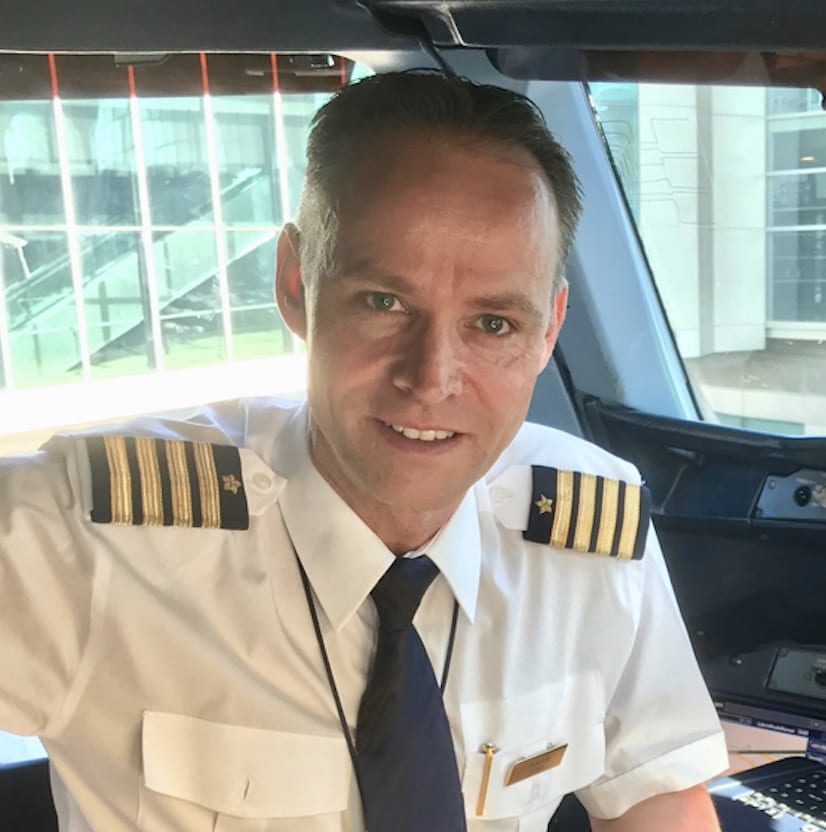 Not only has Mark used the leadership insights and tools he’s gained for his work as a pilot and examiner, but he’s also one of the key leaders responsible for the founding of the GLS in Dubai in the United Arab Emirates, a feat requiring years of patience and cultural sensitivity. Open to the doors of opportunity he’s been presented with in recent years, his experience now also impacts the healthcare sector where he’s been training and coaching medical doctors and surgeons in leadership at some prestigious schools, hospitals and health conferences around the world.
Not only has Mark used the leadership insights and tools he’s gained for his work as a pilot and examiner, but he’s also one of the key leaders responsible for the founding of the GLS in Dubai in the United Arab Emirates, a feat requiring years of patience and cultural sensitivity. Open to the doors of opportunity he’s been presented with in recent years, his experience now also impacts the healthcare sector where he’s been training and coaching medical doctors and surgeons in leadership at some prestigious schools, hospitals and health conferences around the world.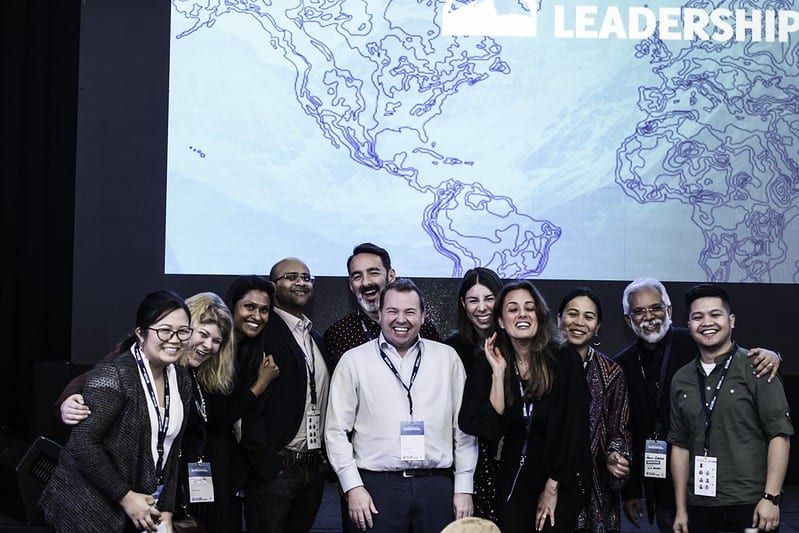
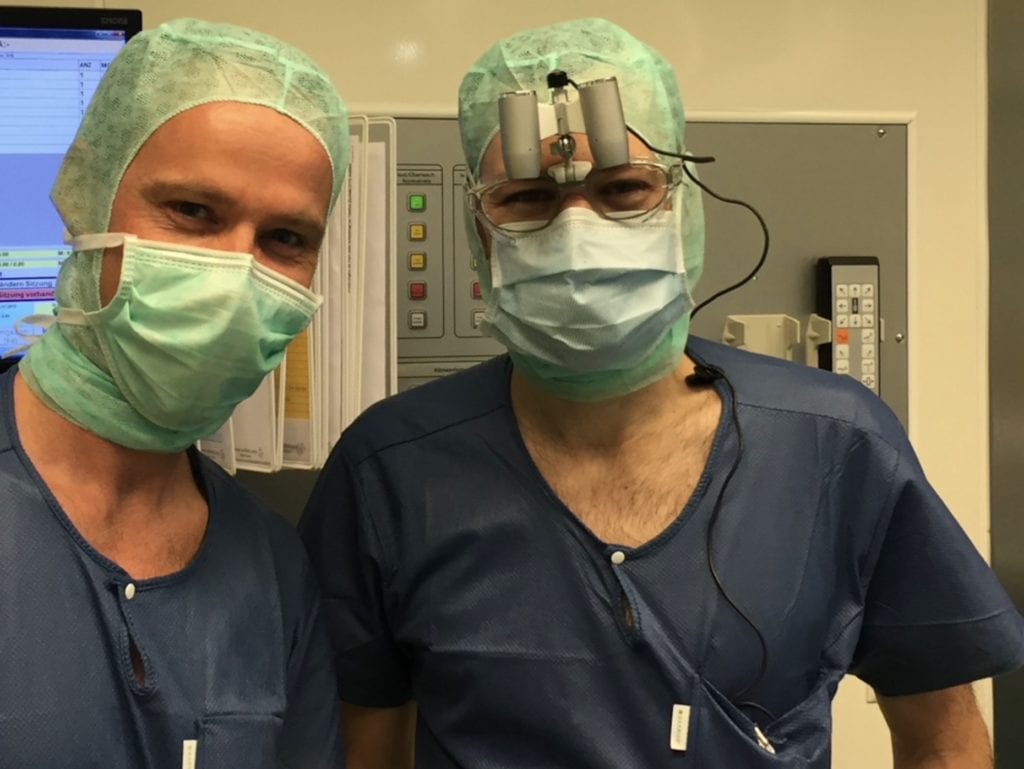

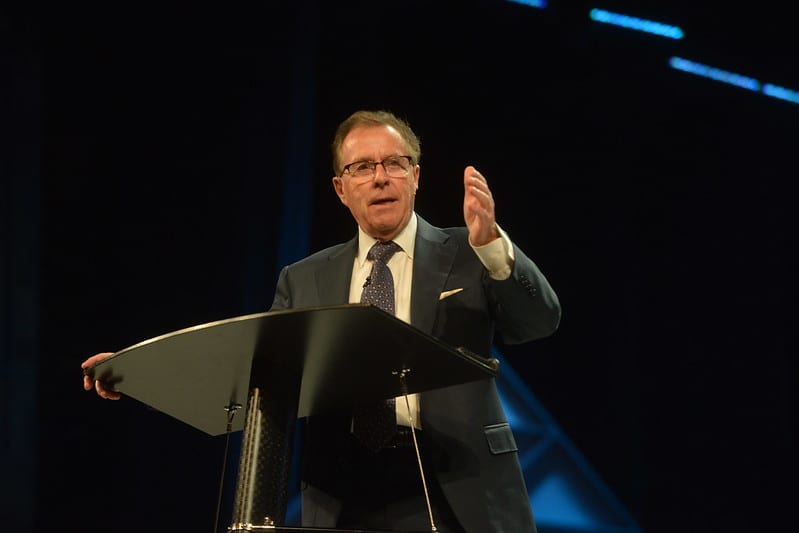 I was recently invited to deliver a keynote at a medical conference and was asked to share my ideas to incorporate into the event. So, I mentioned some GLS faculty including
I was recently invited to deliver a keynote at a medical conference and was asked to share my ideas to incorporate into the event. So, I mentioned some GLS faculty including 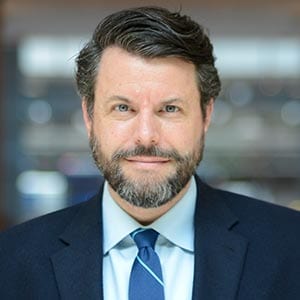

Recent Comments